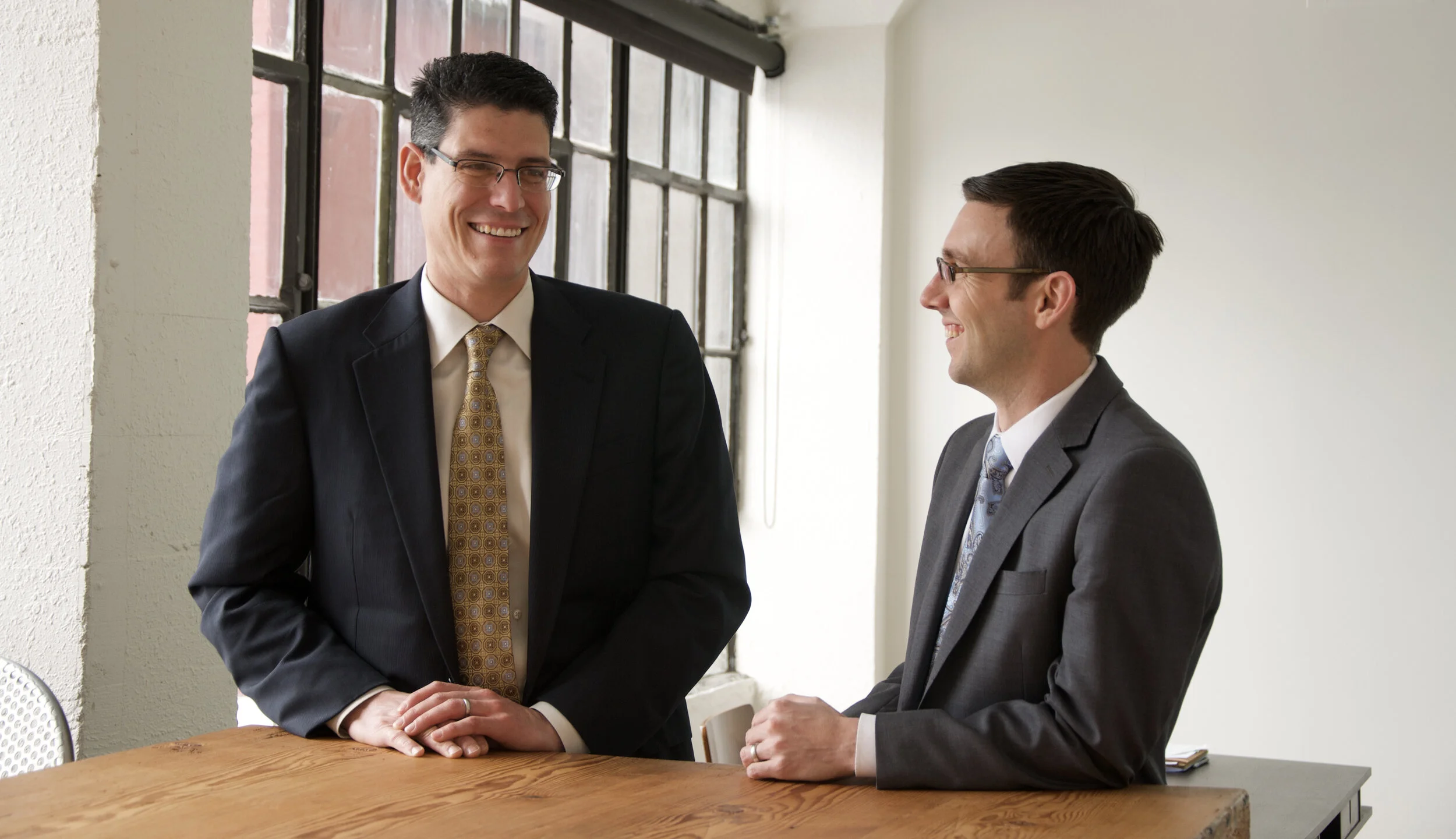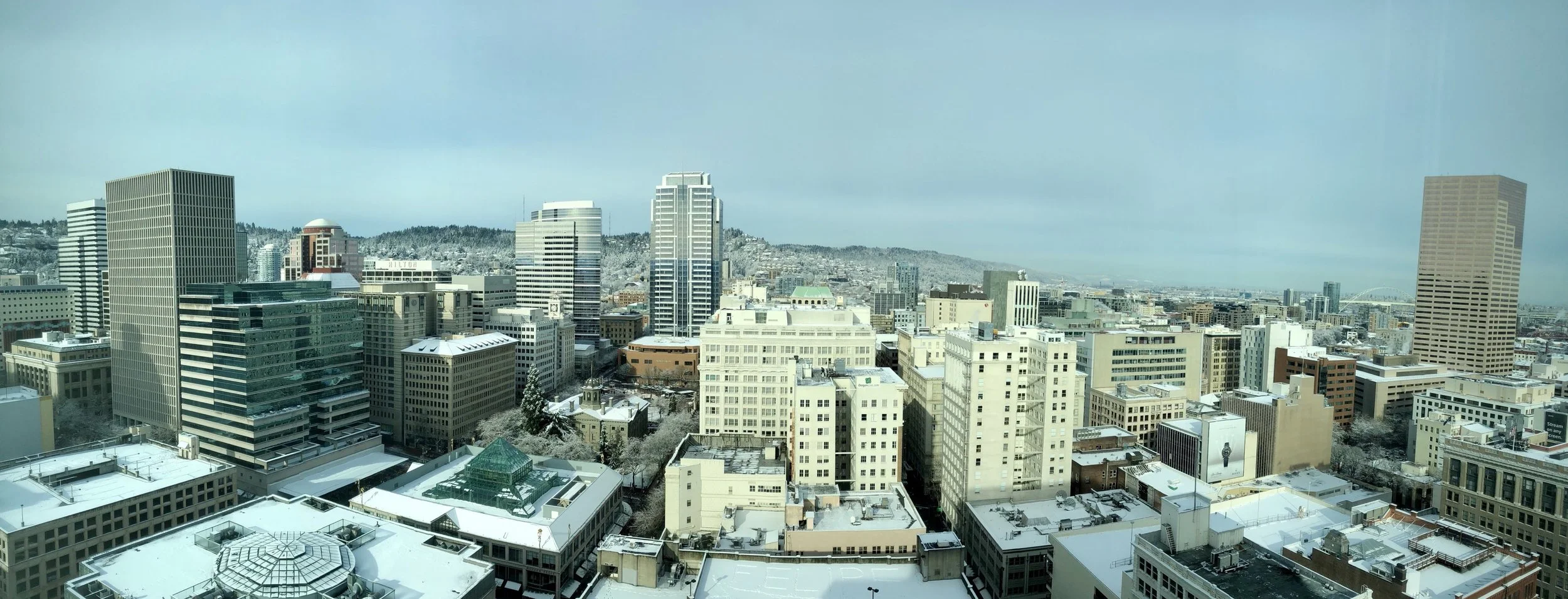It has been quite the past 12 months on all fronts. On the personal front, this time last year my family and I were finishing up our home remodel, living in a tiny rental, and helping our kids through online, remote learning. The pandemic had slowed the economy but was starting to come back. Nick and I would Zoom each other discussing the insanely high valuations on technology companies while betting the farm that inflation would impact more than just lumber and construction costs. As we begin 2022…
What A Difference A Year Makes
I’m not sure anyone was prepared for the wild ride that was 2020, let alone the rosy market that we have experienced in the first half of 2021. While technology investors aren’t too happy with their recent losses, we are pleased with our results. Emerging markets, international value and commodities related stocks have done well, but real economic growth (after inflation) is far from certain, as is real returns from bonds. Inflation of course has reared its head, but how stubborn will commodity and labor prices be? And will it be enough to spur longer term inflation? Our non-conventional portfolios have paid off handsomely over the last 12 months. We will likely continue to do well in this Federal Reserve, stimulus driven wonderland we are experiencing.
Turbulence & Possible Foreshadowing
This quarter has been a wild ride in markets. By just looking at the major indexes (S&P 500 for example) it appears to have been a fairly ordinary, run-of-the-mill quarter. When you look at the sectors and individual names you get a much more turbulent picture, however. This turbulence is important to be aware of and is giving us clues of potential market weakness. Over-valued technology names, excessive leverage in the system and a significant change in inflation expectations foreshadow volatility and necessitate a cautious stance.
Partners With You!
This time last year, I was enjoying a few bluebird days at Bandon Dunes Golf Resort with some dear friends. Little did I realize what would soon ensue. The past 12 months have brought us a global pandemic, wildfires throughout the west, mass unemployment, an upended business environment, huge government financial intervention, social unrest, and a quickly changing landscape on nearly all fronts from healthcare to education to shopping.
The Jekyll & Hyde Market
With the election behind us, many are wondering what’s next in a year that has proven to be a very volatile market. As such, I thought it would be helpful to review what we own and some recent performance. In our last letter I mentioned that we were in a stock market bubble. Why weren’t we reducing our exposure to stocks then? Recall I described a Jekyll and Hyde type scenario where large tech-oriented companies were approaching record over valuation, while other industries and broad asset classes were very reasonably valued.
Finding Conviction: We Are Unabashedly Value Investors
Election day is finally here. And regardless of outcome, today feels like one of the final chapters in what has proven to be one of the crazier years in modern history. To say we are living through strange times is a gross understatement. Wildfires throughout the west. Global pandemic. Mass unemployment and an upended business environment. Huge government financial intervention. Social unrest. Quickly changing landscape on nearly all fronts from healthcare to education to shopping. 2020 has at times been exhausting, polarizing and can feel like we have lost control.
Pilot's Log: On Selling
2020 Q1 Commentary
Pilot's Log: On Distracted Thinking
Pilot's Log: On Private Deals & How To Cut Through The Noise
Pilot's Log: On Support for Businesses from CARES Act
Crisis Investing Playbook
Pilot's Log: Introduction
We Came Prepared
2020 Volatility
2019 Year-End Review
Investing is very similar to golf: both are ultimately a test of patience. The greats practice their craft religiously. And the best are defined not by how good their best shots are, but by how good their bad shots were. The game is ultimately played over 18 holes and rewards consistency and not heroics. Here we see Jason’s oldest son, Christopher, teeing off…and learning that a round of golf is more than just one shot.
Recession: Should We Be Worried?
As the year unfolds, evidence is mounting that the economy is slowing, with multiple factors at play. The Federal Reserve reversed course quite suddenly at the end of December from raising rates to a more neutral, and even accommodative, stance. Some have begun to question whether we may see recession in 2020.
Fundamental Values that Drive Our Decision Making
We have written extensively about risk, volatility, and valuations over the last several years. From our perspective, it’s important to continually talk about the fundamental values that drive our decision making.
Along those lines, we wanted to share a bit more about the process of evaluating a company and the decision to invest. This quarter, our portfolio manager Nick Fisher walks through his in-depth analysis of Peyto Exploration and Development and why he recently decided to add it to portfolios. Meanwhile, Alex Bridgeman, our newest employee, highlights why a modest allocation to a company like Peyto is a good idea that not every investor is able to make.
Why We Like (some) Small Companies
We love investing in companies that offer clear paths for growth at cheap prices today with great management teams. It’s how our minds are wired, and we are always on the hunt for new, undiscovered opportunities.
We have recently increased our focus on looking for smaller, undiscovered, and cheap companies to add to portfolios. The “small” part is the newest edition to our process, and we believe there is a ton of value to be found in companies that are below Wall Street’s investment radar, companies they can’t invest in.
Q4 Note & Commentary
2018 had a little bit of everything. The beginning of the year got off to a roaring start with the fresh excitement of the new tax law and corporate tax cuts. But the party was short lived and concern creeped in around both trade and monetary policy. By the end of the year, 90% of global assets had a negative return.





















